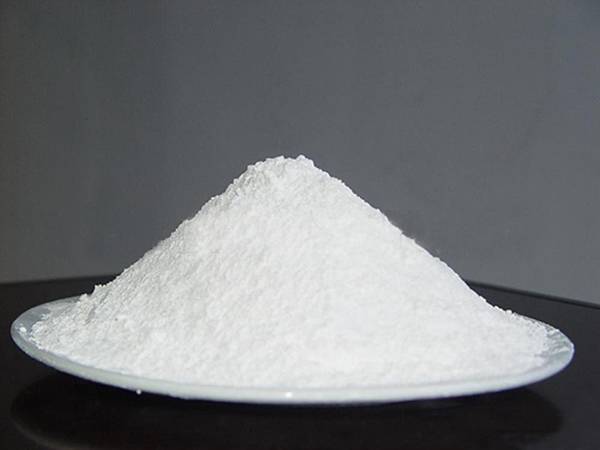



Using Saltpeter to Enhance Plant Growth and Health
The Role of Saltpeter for Plants Nutrient and Growth Enhancer
Saltpeter, scientifically known as potassium nitrate (KNO3), has long been recognized for its vital role in plant growth and health. This naturally occurring mineral salt can be found in various forms but is primarily used in agriculture and gardening due to its unique properties. As a combination of potassium and nitrogen, saltpeter provides essential nutrients that play crucial roles in plant development. This article will explore the benefits of saltpeter for plants, its application methods, and best practices for use.
Nutritional Benefits of Saltpeter
Potassium and nitrogen are two of the most critical macronutrients needed by plants. Potassium is an essential element that regulates many physiological processes, including water retention, enzyme activation, and photosynthesis. It helps plants withstand environmental stress, such as drought and disease, and is key in the development of fruits and flowers. On the other hand, nitrogen is vital for the growth of foliage and stems, influencing the green color of the leaves and overall biomass production.
When applied to the soil, saltpeter dissociates into potassium and nitrate ions, making these nutrients readily available for uptake by plants. This quick release of nutrients allows for a prompt response from the plants, making saltpeter an excellent option for boosting growth during critical stages such as flowering or fruit set.
Improving Soil Fertility
One of the significant advantages of using saltpeter is its ability to enhance soil fertility. It not only provides essential nutrients but also improves the overall nutrient balance in the soil. By adding potassium nitrate, gardeners and farmers can counteract nitrogen deficiencies, often a common issue in various soil types. Additionally, potassium improves soil structure, leading to better aeration and drainage, which are vital factors for healthy root development.
Moreover, saltpeter plays a role in maintaining the pH levels of the soil. An optimal pH range is crucial for nutrient availability. While saltpeter itself is neutral, its use alongside other organic fertilizers can help to regulate and stabilize soil pH, creating an ideal environment for plant growth.
Application Methods
Saltpeter can be applied in several ways, depending on the specific needs of the plants and the type of gardening or agricultural practices being used. Here are some common application methods
saltpeter for plants

1. Soil Application Saltpeter can be directly incorporated into the soil before planting. This method ensures that the nutrients are available to the roots right from the start. It is essential to follow the recommended application rates to avoid over-fertilization, which can harm the plants and the environment.
2. Foliar Spray For quick nutrient uptake during critical growth periods, saltpeter can be dissolved in water and applied as a foliar spray. This method allows the plant to absorb nutrients directly through the leaves, providing an instant boost.
3. Hydroponic Systems In soilless cultivation, potassium nitrate is a key ingredient in nutrient solutions. Hydroponic growers can easily control the nutrient levels by adjusting the concentration of saltpeter in their feeding solutions.
Best Practices for Use
While saltpeter offers numerous benefits, it is crucial to use it appropriately to maximize its effectiveness while minimizing potential risks. Here are some best practices
- Soil Testing Before applying saltpeter, conduct a soil test to determine existing nutrient levels and pH. This information will help in making informed decisions about the type and amount of fertilizer required. - Follow Recommendations Always adhere to application guidelines to avoid nutrient imbalances. Over-fertilizing can lead to nutrient lockout, where plants cannot absorb essential minerals, resulting in poor health and stunted growth.
- Complement with Organic Matter Combining saltpeter with organic fertilizers can enhance its benefits. Organic matter improves soil structure and moisture retention, while also providing a slow-release source of nutrients.
- Monitor Plant Health Regularly observe plants for signs of nutrient deficiency or excess. Adjust your fertilization strategy as needed based on your observations.
Conclusion
In conclusion, saltpeter is an invaluable resource for enhancing plant growth and soil fertility, providing essential nutrients that contribute to the overall health of plants. Its quick-action formula makes it particularly beneficial during critical growth stages. By following appropriate application methods and best practices, gardeners and farmers can harness the power of saltpeter to cultivate robust crops and vibrant gardens. Whether in small home gardens or large agricultural fields, the strategic use of saltpeter can lead to more productive and healthier plants, ensuring that our green spaces thrive.
-
Why Sodium Persulfate Is Everywhere NowNewsJul.07,2025
-
Why Polyacrylamide Is in High DemandNewsJul.07,2025
-
Understanding Paint Chemicals and Their ApplicationsNewsJul.07,2025
-
Smart Use Of Mining ChemicalsNewsJul.07,2025
-
Practical Uses of Potassium MonopersulfateNewsJul.07,2025
-
Agrochemicals In Real FarmingNewsJul.07,2025
-
Sodium Chlorite Hot UsesNewsJul.01,2025










